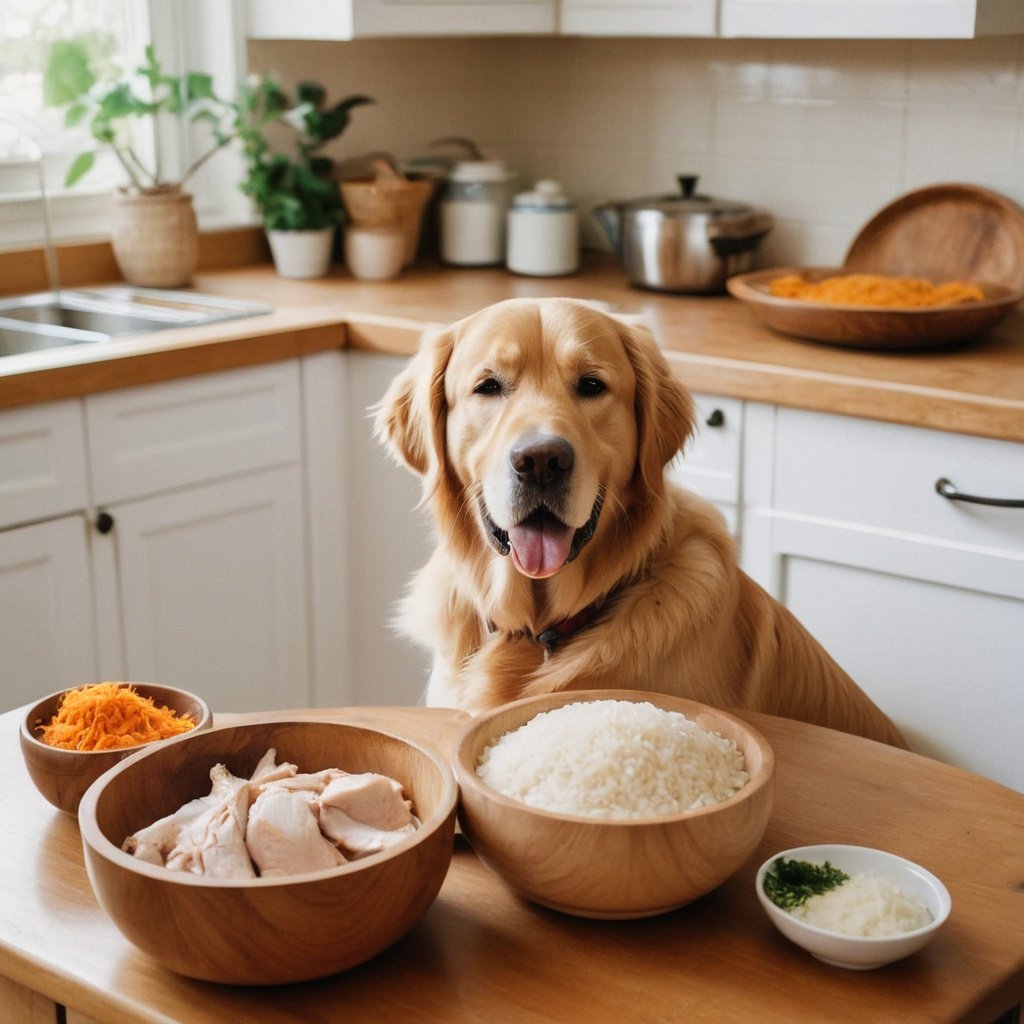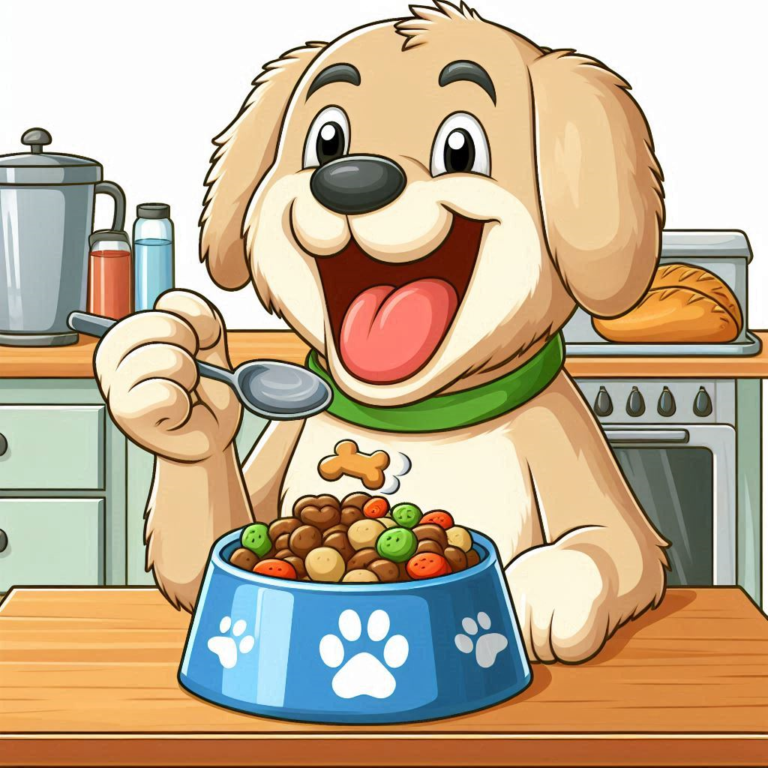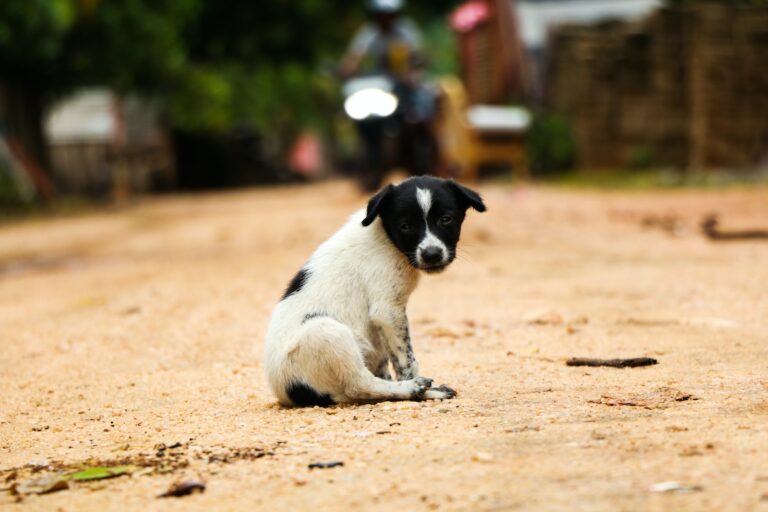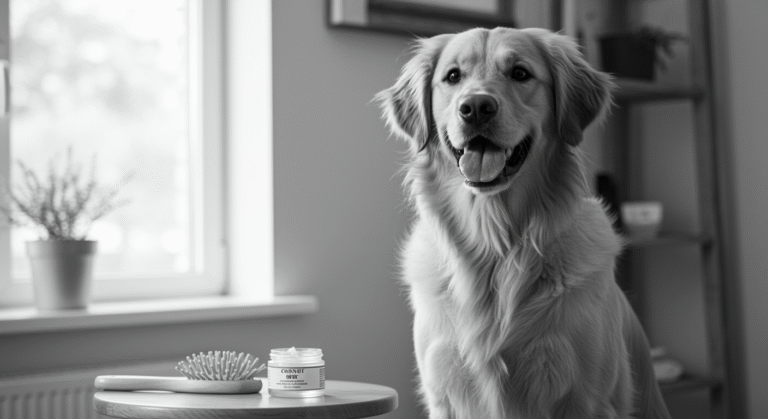When your beloved pup gets diagnosed with pancreatitis, suddenly every meal becomes a worry. Will this upset their stomach? Are they getting enough nutrition? What if they refuse to eat again? Trust me, I’ve been there with my own furry friend, and I know how overwhelming it can feel.
Why Homemade Food Works Better for Dogs with Pancreatitis
When you’re dealing with a dog who has pancreatitis, you need complete control over what goes into their bowl. Commercial dog foods, even the “prescription” ones, often contain hidden fats, preservatives, and ingredients that can trigger another painful flare-up.
Making DIY dog food for pancreatitis means you know exactly what your pup is eating. No mystery ingredients, no worrying about fat content, and no more reading endless ingredient lists trying to figure out if something is safe.
“A low-fat, moderate-protein diet with easy-to-digest carbohydrates is the gold standard for dogs with pancreatitis. Homemade meals can be a great option, but always ensure they’re nutritionally balanced and cooked thoroughly.”
— Dr. Darcy Marshall, Veterinarian
The Essential Rules for Homemade Pancreatitis Dog Food
Before we get into the recipes, let’s talk about the non-negotiables when you’re cooking for a dog with pancreatitis. These aren’t just suggestions – they’re the difference between helping your dog heal and potentially making things worse.
Keep Fat Content Ultra-Low
This is rule number one, and it’s not negotiable. Dogs with pancreatitis need to keep their fat intake under 10% of their total calories. That means no cooking oils, no fatty cuts of meat, and definitely no sneaking them table scraps (I know, those puppy eyes are hard to resist).
Choose Lean Proteins Carefully
Stick to the leanest proteins you can find: skinless chicken breast, turkey breast, white fish, or even egg whites. Always cook these thoroughly – no pink meat, no shortcuts. Raw diets are absolutely off the table for dogs with pancreatitis.
Simple Carbohydrates Are Your Friend
White rice, sweet potatoes, and plain pumpkin are gentle on the digestive system and provide the energy your dog needs without taxing their pancreas. Avoid complex grains and high-fiber vegetables that can be harder to digest.
“Highly digestible foods are important for dogs with pancreatitis to reduce the workload on the pancreas and minimize flare-ups. Lean proteins and complex carbs like sweet potato are ideal.”
— Dr. Darcy Marshall, Lyka Veterinarian
5 Vet-Approved Homemade Dog Food Recipes for Pancreatitis
These recipes have been tested by real dogs with pancreatitis and approved by their humans (and vets). Each one is designed to be gentle on the digestive system while providing complete nutrition.
Recipe 1: The Classic Chicken and Rice Bowl
This is the gold standard of homemade dog food for sensitive stomachs. It’s simple, effective, and most dogs love it.
Ingredients:
- 1 cup skinless, boneless chicken breast (boiled and shredded)
- 1 cup cooked white rice
- 1/2 cup plain pumpkin (not pie filling)
- 1/4 cup cooked carrots, diced small
Instructions: Boil the chicken until fully cooked, then shred it. Mix with cooled rice, pumpkin, and carrots. Serve at room temperature. This makes about 2-3 servings for a medium-sized dog.
Recipe 2: Turkey and Sweet Potato Delight
Ground turkey is incredibly lean and easy to digest, making it perfect for dogs recovering from pancreatitis.
Ingredients:
- 1 cup 99% fat-free ground turkey (cooked and drained)
- 1 cup mashed sweet potato (skin removed)
- 1/2 cup cooked green beans, chopped
- 1/4 cup cooked white rice
Instructions: Cook the turkey thoroughly, draining any fat. Mix with cooled sweet potato, green beans, and rice. This recipe freezes well in individual portions.
Recipe 3: Gentle Fish and Potato Medley
White fish is incredibly easy to digest and provides high-quality protein without the fat content of red meats.
Ingredients:
- 1 cup cooked white fish (cod or tilapia), flaked
- 1 cup boiled potatoes, mashed (skin removed)
- 1/2 cup cooked peas
- 1/4 cup cooked carrots, diced
Instructions: Steam or boil the fish until it flakes easily. Remove any bones carefully. Mix with cooled potatoes and vegetables. Check for bones one more time before serving.
Recipe 4: Egg White and Rice Protein Bowl
Perfect for dogs who need extra protein but can’t handle much fat. Egg whites are a complete protein source and incredibly gentle on the digestive system.
Ingredients:
- 4 egg whites, scrambled (no oil or butter)
- 1 cup cooked white rice
- 1/2 cup plain pumpkin
- 1/4 cup cooked zucchini, diced
Instructions: Scramble egg whites in a non-stick pan without any oil. Let cool completely, then mix with rice, pumpkin, and zucchini. This is especially good for dogs who are still recovering their appetite.
Recipe 5: The Recovery Broth Bowl
When your dog is just starting to feel better, this gentle recipe provides nutrition without overwhelming their system.
Ingredients:
- 1/2 cup very finely shredded chicken breast
- 1 cup low-sodium chicken broth (cooled)
- 1/2 cup cooked white rice
- 1/4 cup plain pumpkin
Instructions: This recipe is more like a thick soup. Mix all ingredients and serve at room temperature. It’s perfect for dogs who are still feeling queasy but need to eat.
“When preparing homemade food for dogs with pancreatitis, always cook proteins and vegetables thoroughly to eliminate bacteria. Avoid adding oils or fatty sauces, and consult a veterinary nutritionist to ensure meals are balanced.”
— Houndsy Nutrition Team
Foods to Absolutely Avoid
Just as important as knowing what to feed your dog is knowing what to avoid. These foods can trigger another pancreatitis episode, even in small amounts:
- Fatty meats: Bacon, sausage, lamb, or any meat with visible fat
- Dairy products: Cheese, milk, butter, and cream
- Oils and fats: Even “healthy” oils like olive oil are too much
- Table scraps: Especially anything fried or seasoned
- High-fat treats: Many commercial treats are loaded with hidden fats
- Nuts and seeds: Too high in fat and hard to digest
Feeding Schedule and Portion Control
How you feed your dog is just as important as what you feed them. Dogs with pancreatitis do better with smaller, more frequent meals rather than one or two large meals per day.
A good rule of thumb is to feed about 1/2 cup of food per 25 pounds of body weight, split into 3-4 meals throughout the day. So a 50-pound dog would get about 1/4 cup four times a day, rather than 1 cup twice a day.
This approach keeps the pancreas from being overwhelmed and helps prevent those painful flare-ups that can set your dog’s recovery back.
Supplements and Additional Support
While homemade food provides the foundation of good nutrition for dogs with pancreatitis, some dogs benefit from additional support:
- Digestive enzymes: Help break down food and reduce pancreatic workload
- Probiotics: Support gut health and digestion
- Omega-3 fatty acids: Anti-inflammatory benefits (but only under vet supervision)
- Multivitamins: Ensure nutritional completeness of homemade diets
Always check with your veterinarian before adding any supplements to your dog’s diet. What works for one dog might not be appropriate for another.
Making the Transition Easier
Switching your dog to homemade food shouldn’t happen overnight. Even dogs with pancreatitis need time to adjust to new foods. Start by mixing small amounts of homemade food with their current diet, gradually increasing the homemade portion over 7-10 days.
Watch for any signs of digestive upset during the transition. If your dog seems uncomfortable, slow down the process or consult with your vet.
Meal Prep Tips for Busy Dog Parents
Let’s be honest – making fresh food for your dog every day isn’t always realistic. Here are some practical tips to make homemade feeding manageable:
- Batch cook on weekends: Make large batches and freeze in daily portions
- Use ice cube trays: Freeze single servings in ice cube trays for easy portioning
- Invest in a slow cooker: Throw ingredients in before work, come home to ready meals
- Keep emergency meals frozen: Always have a few servings in the freezer
When to Call Your Vet
Even with the best homemade diet, dogs with pancreatitis need ongoing veterinary care. Call your vet if you notice:
- Vomiting or diarrhea that lasts more than 24 hours
- Loss of appetite for more than two days
- Lethargy or unusual behavior
- Signs of abdominal pain (hunched posture, reluctance to move)
- Any concerning changes in your dog’s condition
Regular check-ups are essential for monitoring your dog’s progress and adjusting their diet as needed.
The Bottom Line: Your Dog Can Thrive with Pancreatitis
A pancreatitis diagnosis doesn’t mean your dog can’t live a full, happy life. With the right homemade diet, careful monitoring, and lots of love, many dogs with pancreatitis go on to live normal, healthy lives.
Remember, every dog is different. What works perfectly for one pup might need adjustments for another. Work closely with your veterinarian to fine-tune these recipes for your specific dog’s needs.
The most important thing is that you’re taking an active role in your dog’s health. By making homemade food, you’re giving them the best chance at feeling better and getting back to being the happy, energetic companion you know and love.
Your dog is lucky to have someone who cares enough to cook for them. That love and dedication will make all the difference in their recovery.






